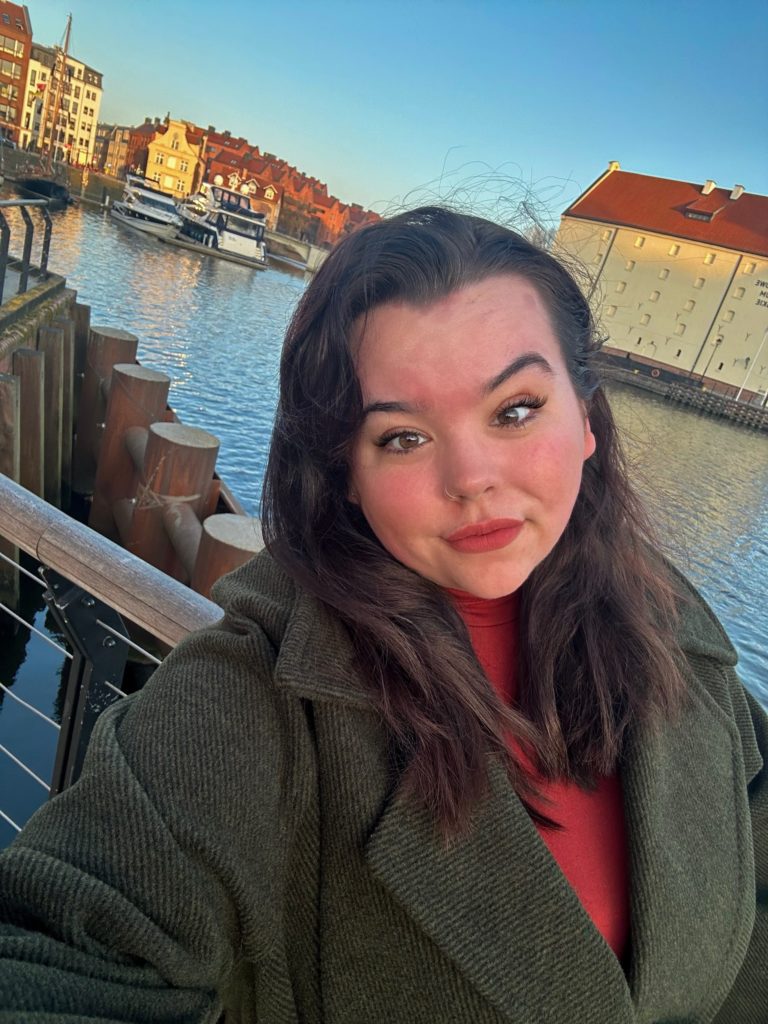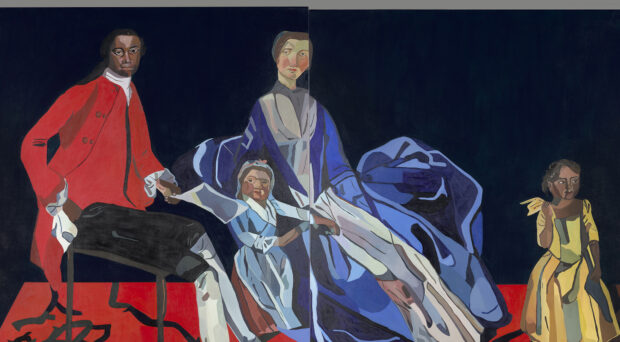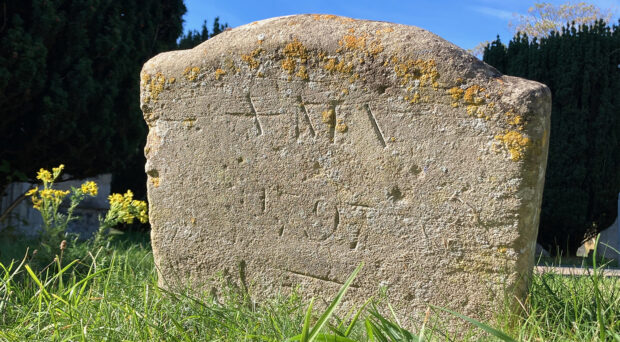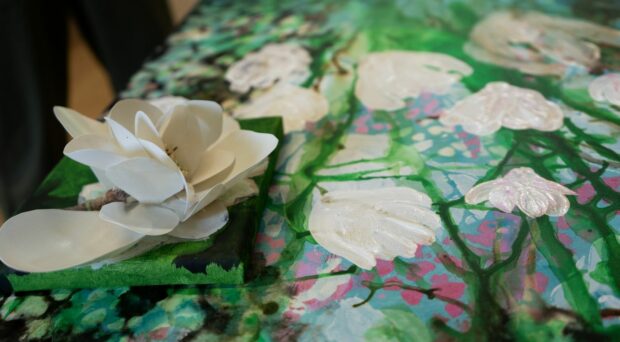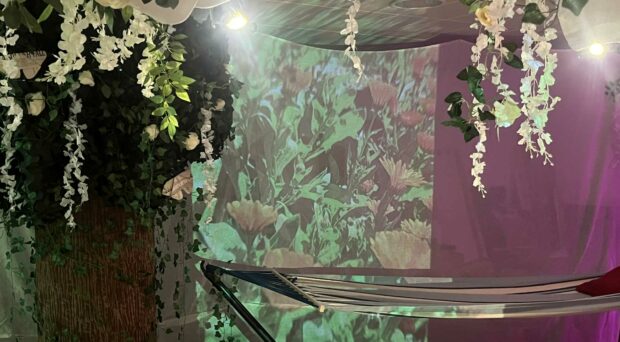As her apprenticeship comes to an end, Macy Gaines, Inclusion Assistant Apprentice with the University of Cambridge Museums, shares her experiences and learnings from the last year.
When I wrote my first blog post a few weeks into my apprenticeship, I had only just begun to discover what it meant to be an Inclusion Assistant Apprentice at University of Cambridge Museums. I was still finding my way through museum corridors, learning new names, and feeling that mixture of excitement and nervousness that comes with starting something new. I remember the joy of helping at a sensory-friendly opening and being introduced to the dodo bone — moments that felt small at the time but now feel like the start of something much bigger.
A year later, I have just completed my Cultural Learning Participation Apprenticeship with the Westminster Adult Education Service and am thrilled to say I have passed with distinction. I find myself reflecting on just how much I’ve grown – not only professionally, but personally too. My time with the University of Cambridge Museums has been filled with experiences that have shaped how I understand inclusion, community, and the power of museums to make people feel seen.
At first, my focus was on getting things right: ensuring events ran smoothly, materials were accessible, and visitors had what they needed. But as I settled in, I began to realise that inclusion isn’t only about access, it’s about belonging. It’s in the quiet conversations after a workshop, the laughter shared during an activity, or the moment someone feels comfortable enough to stay a little longer than they planned. Those are the moments that make inclusion real.
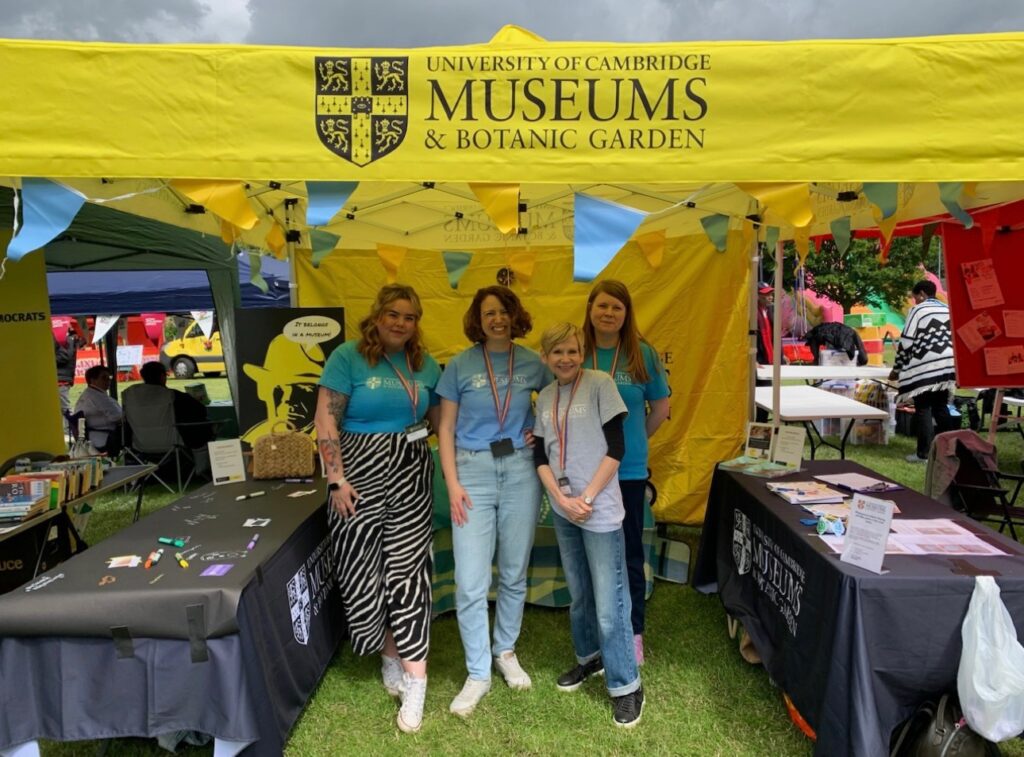
Throughout my year-long apprenticeship, I had the privilege of supporting a range of programmes across the museums. I helped to deliver sensory-friendly events, worked with SEND groups, and contributed to visits for people who are blind and partially sighed. Each experience deepened my understanding of how important it is to meet people where they are, to listen, to adapt, and to co-create experiences that respond to real needs.
One of the most meaningful projects I became involved with was helping to develop touch tours for blind and partially sighted visitors. Working alongside colleagues and community partners, I learned how to bring collections to life through touch, description, and conversation. This work ultimately inspired my End Point Assessment project, Dead as a Dodo, a touch tour exploring extinction within the Museum of Zoology. Leading that session, seeing participants connect with objects through tactile materials and storytelling, was one of the proudest moments of my apprenticeship. It reminded me how creativity and accessibility can work hand in hand to open up new ways of experiencing museums.
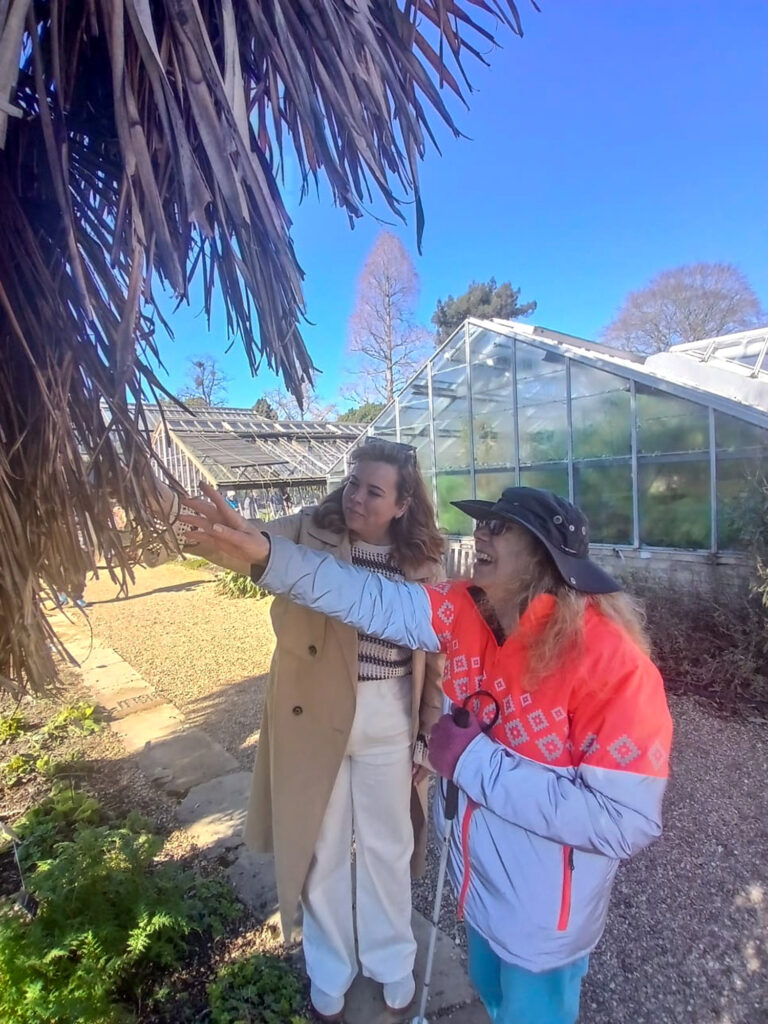
Another highlight was developing accessible creative resources, like Art at Home packs, which are sent out twice a year to families with SEND to help them connect with museum collections in their own way and at their own pace. Seeing those ideas grow and evolve with feedback from participants reminded me that inclusion thrives on collaboration which I loved being a part of.
I also created social media content and newsletters to promote our programmes. I was delighted to share a week in my life as Inclusion Assistant Apprentice for an Instagram Reel to mark National Apprenticeship Week and celebrate being awarded Cultural Learning Participation Apprentice of the Year 2025 at the Westminster Adult Education Service Celebration of Apprenticeships and Awards Ceremony at Lord’s Cricket Ground in February 2025.
View this post on Instagram
There were challenges, of course. Balancing multiple projects and learning to trust my own judgement took time. But I was surrounded by supportive colleagues who encouraged me to ask questions, take initiative, and celebrate progress rather than perfection. That support helped me grow in confidence, not just in what I could do, but in who I could become within this field.
Now, looking back at the person who wrote that first blog, I can see how far I’ve come. I’ve gained practical skills in project planning, communication, and accessibility, but also a deeper appreciation for the value of empathy, patience, and creativity. Most of all, I’ve learned that inclusion is never finished — it’s an ongoing process, shaped by the people we work with and the stories we share. I have a shared a few of my learnings in new Instagram and LinkedIn posts.
As my apprenticeship comes to an end, I feel incredibly grateful — to my tutors, my colleagues, and the communities I’ve met along the way. This experience has confirmed that I want to continue working in inclusion and museum education, helping to create spaces where everyone feels welcome, represented, and inspired.

